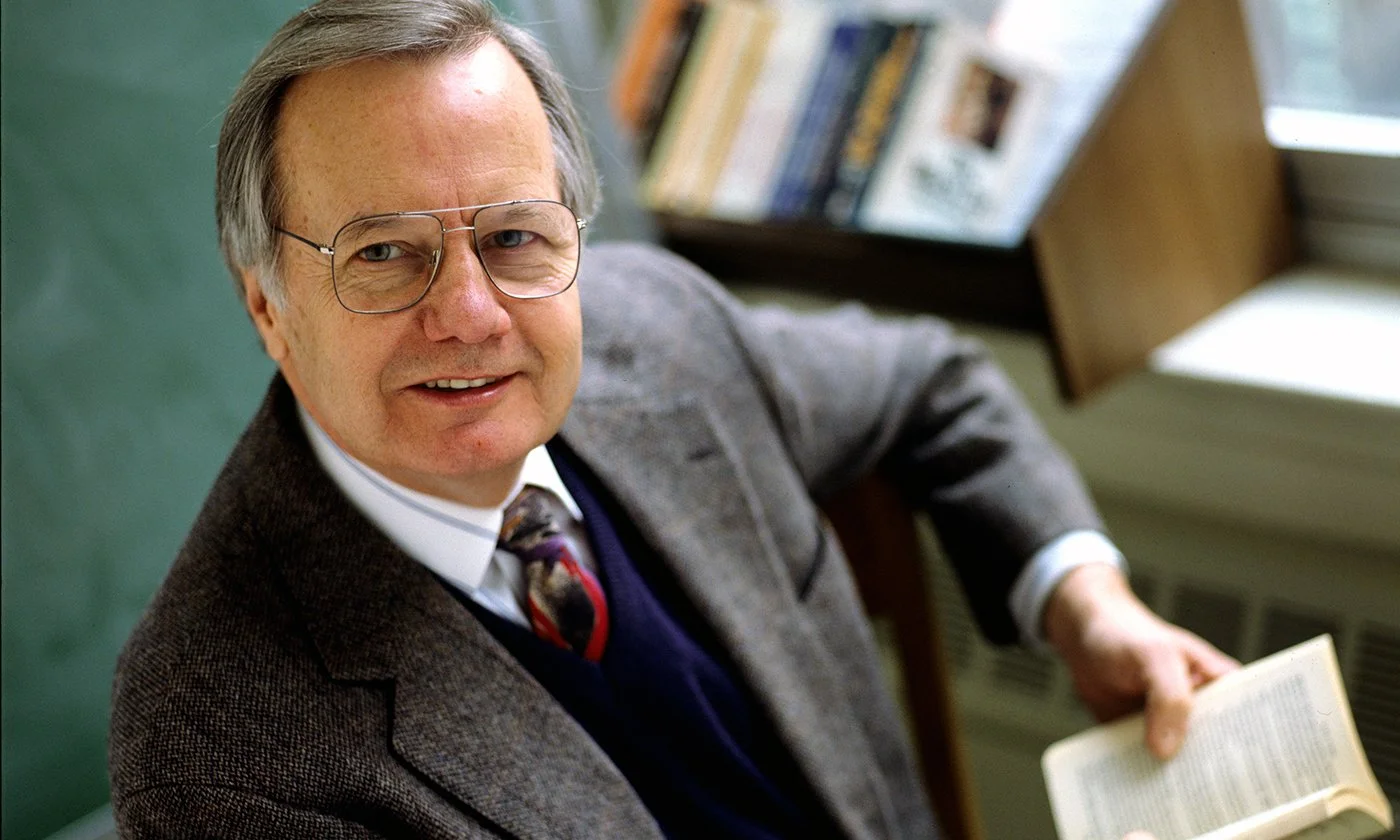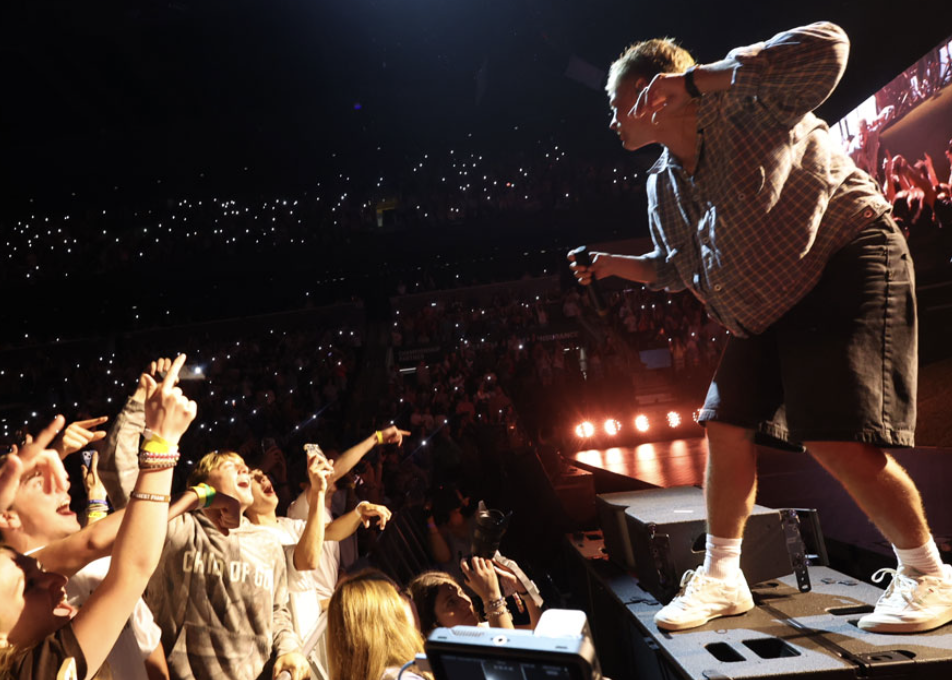On many Sundays, Corey Hatfield sent her family ahead into church, while she lingered outside with her autistic son Grayson – trying to decide if he would scream or run the second they entered the sanctuary.
Approaching the chalice during Holy Communion was another challenge.
"Some Sundays, I drew near with Grayson in a headlock, my hand clamped tightly over his mouth to silence his steady stream of cuss words," she wrote, in "The Light from a Thousand Wounds," her spiritual memoir about the impact of profound autism on her family.
Getting to St. Spyridon Orthodox Church, in Loveland, Colorado, often left her "late, tousled and out-of-breath, adorned in bite marks instead of jewelry. Often, I never even made it to church. … I lamely offered God my unproductive exasperation."
Some congregations may have the resources and space to offer ministries to help families dealing with neurodiversity, said Hatfield, reached by telephone. But everyone needs to know that no one-size-fits-all strategy exists. One professional told her, "If you've seen one autistic kid, you've seen … one autistic kid."
What clergy and their people cannot do is look away, said Metropolitan Nathanael of Chicago, during the "Gathered as One Body: Disability, Accessibility and Inclusion in the Orthodox Church" conference this past spring in Boston.
"Isolation, not disability, is the greatest wound," he said. "Today, many people living with disabilities and their caregivers and families experience the same isolation. They feel invisible in their parishes, they feel they have no one to help them draw near to the healing waters of the church's life. …This is a tragedy, and it is also a sin."
Hatfield, in an interview focusing on issues in her memoir, noted specific responses that congregations could carefully consider.










